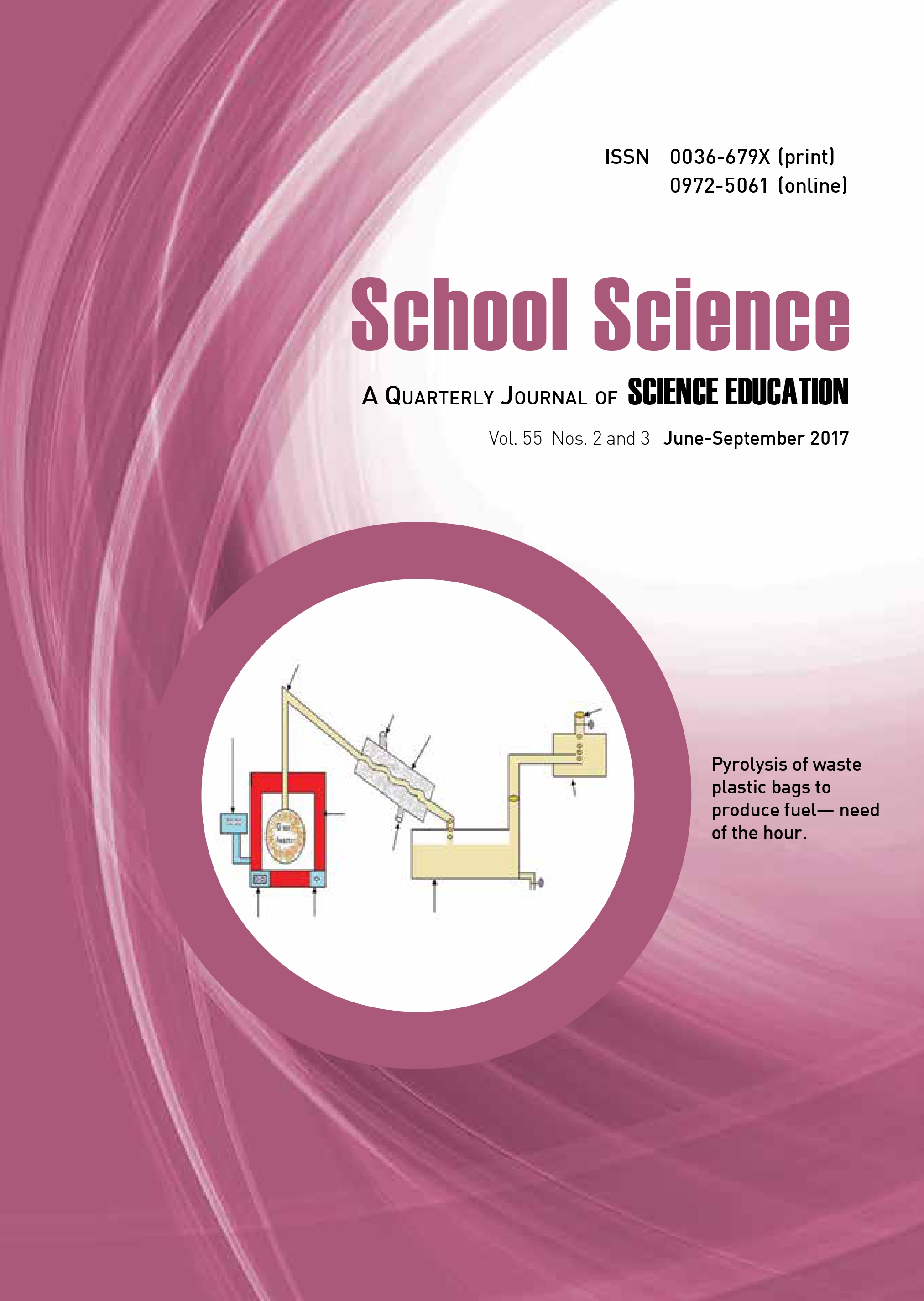
Published 2017-09-30
Keywords
- biodiversity,
- understandable,
- bioethics,
- Live zoology
How to Cite
Abstract
The curriculum of zoology in most of the universities, colleges and schools in India used to emphasise the study of dead animals in the form of dissection, vivisection, museum specimens and histological slides are designated as ‘dead zoology’. Those species, evolved and came into existence in nature during the course of millions of years of evolution, are facing severe threats of survival due to extensive exploitation in the name of zoological studies in the classrooms. ‘Live Zoology’ means the study of organisms in their natural habitats without disturbing them, it literally means “teaching beyond the boundaries of classroom” and to study their interrelationship and importance as vital component of various food chains and food webs. ‘Live Zoology’ helps in the conservation of various ecologically important species. The concept of Live Zoology, introduced by Professor K.K. Sharma, is one of the most efficient tools to make zoology subject more understandable and increase the capacity building of students not only for identification, biosystematics and nomenclature but also for behavioural interaction with environment and organisms of same and other species. The ‘Live Zoology’ concept became so popular and effective in a relatively short period of time and a complete documentation of biodiversity status of many faunal species came into existence in the zoology departments of various academic institutions. With the help of this concept, now about 280 birds, 12 anurans, 25 lizards, 30 snakes and 120 butterfly species have been reported from various localities of Rajasthan and the additions of species in the list are still going on. Continuous education and concern of live zoology must be provided to all the aforesaid stakeholders (students, pre-service teachers and teachers) to gain proper awareness about the zoology subject and standards of bioethics. The educational experiences with the live zoology and wildlife can facilitate the development of positive attitudes towards animals and to restore the population status of declining species too.
